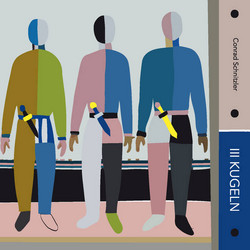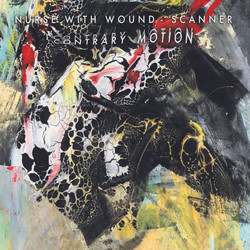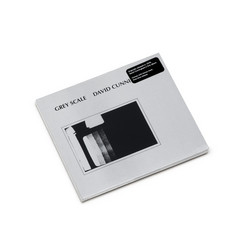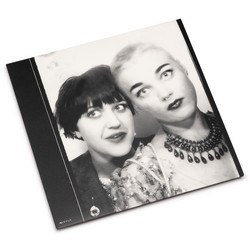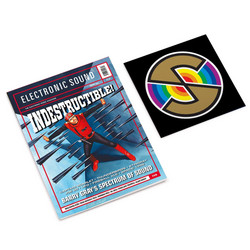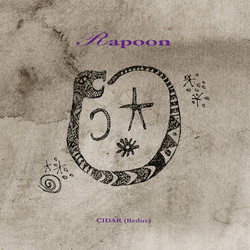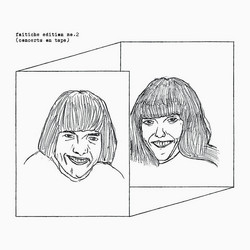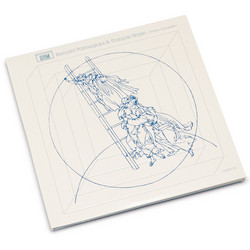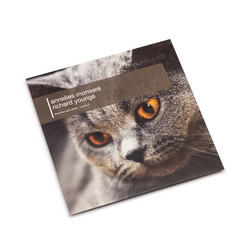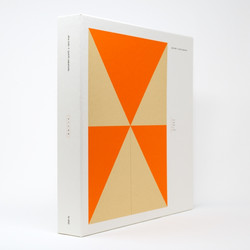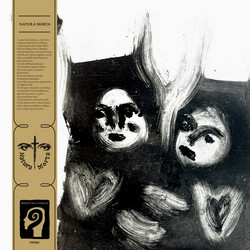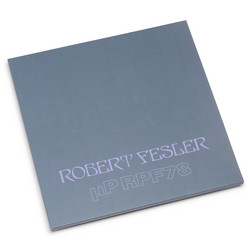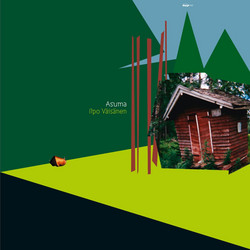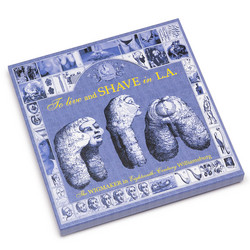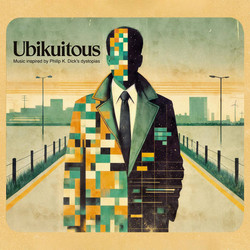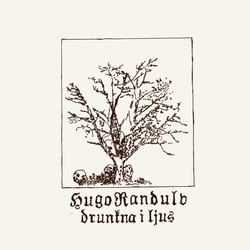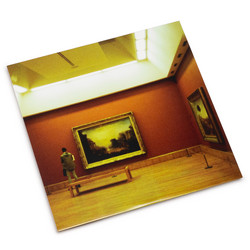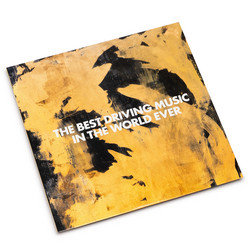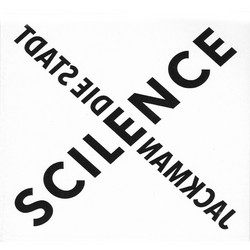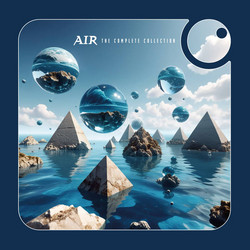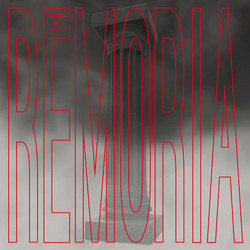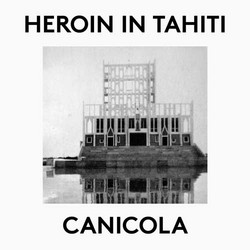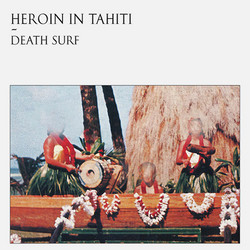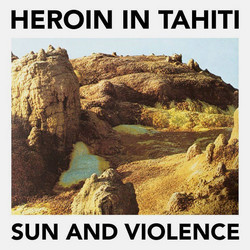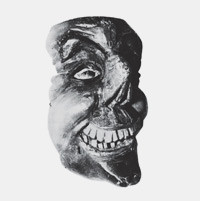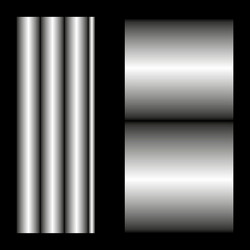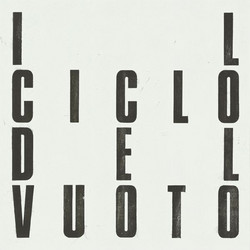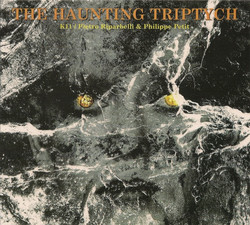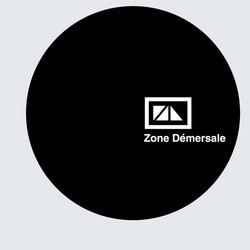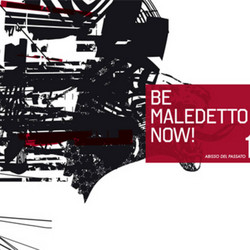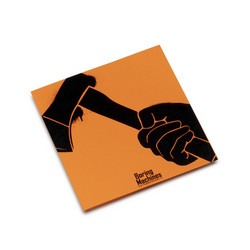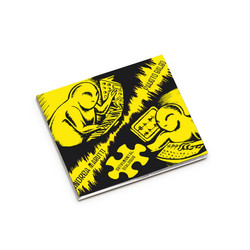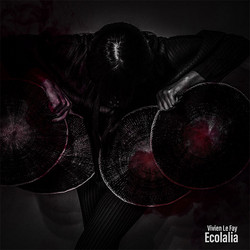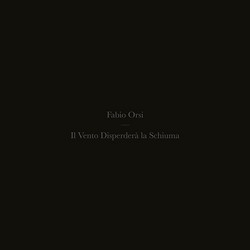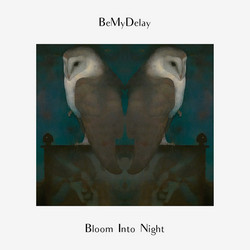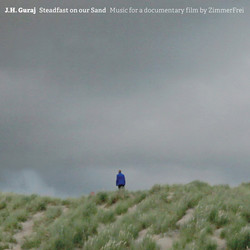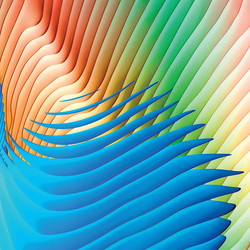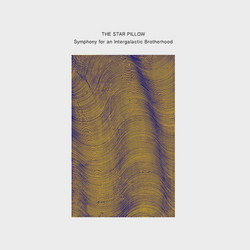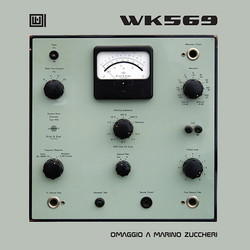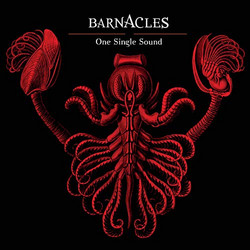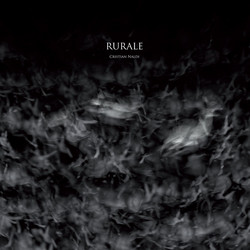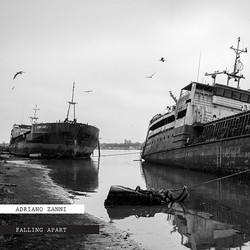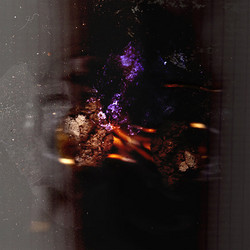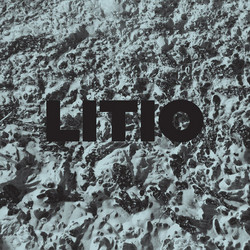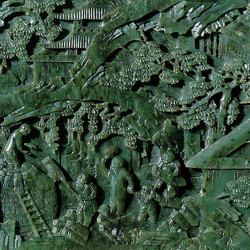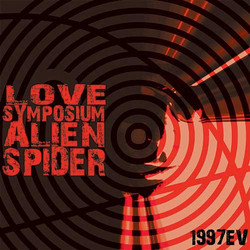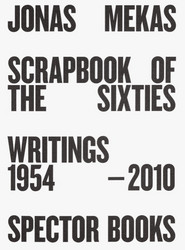Edition of 300. Heroin In Tahiti is a duo from Rome, Italy hailing from the Roma Est scene, a sort of local community based in the crumbling and deteriorated neighborhoods which were already eternalized by Pasolini and Neorealist Cinema (think of Pasolini, De Sica, Visconti, etc.) The duo plays a variety of cheap guitars, analog synths, drum machines, and pedals, achieving a dirtiness which is tragically lo-fi and out-of-time at the same time: a "Spaghetti Wasteland", as they call it. In 2012 they released on Boring Machines their debut album Death Surf, a title which spoke for the music played on the record. The label said of the album: "Think of drinking a frozen daiquiri on a solitary beach while watching a poorly tuned TV broadcasting loops of If You Meet Sartana Pray for Your Death (1968), while Mururoa tests are happening at the horizon." When mentioning Italian occult psychedelia, Heroin In Tahiti seems the best choice to sum up the sound and the references that stay at the core of this all-Italian scene. With albums like the mammoth double LP Sun And Violence (2015), the minimalist Canicola (2014) and the monolithic Remoria (GRA 001LP, 2017), Heroin In Tahiti became a cult band for their particular signature. Casilina Tapes 2010-2017 is the latest (and probably last) output from the cult Italian duo. It's a collection of unreleased tracks recorded in their basement studio in Rome in the last seven years while building up their thematic albums. The label listened to the single tracks at once and they found out there's a coherence between them even if they have been created in different periods. Actually, they show a coherence that only Heroin In Tahiti, with their kaleidoscopic vision of how Italy secretly sounds, can properly conjure up. Boring Machines calls it "total music". You may find elements which reminds of long lost Morriconian soundtracks for cheap westerns or giallos, library music to accompany documentaries on Superstudio radical architecture, urban tribalism, beat poetry festivals on the seashore, and house music. Recorded in Rome, 2010-2017. Artwork by Francesco de Figueiredo. Screen printed covers by Legno, Milano.
